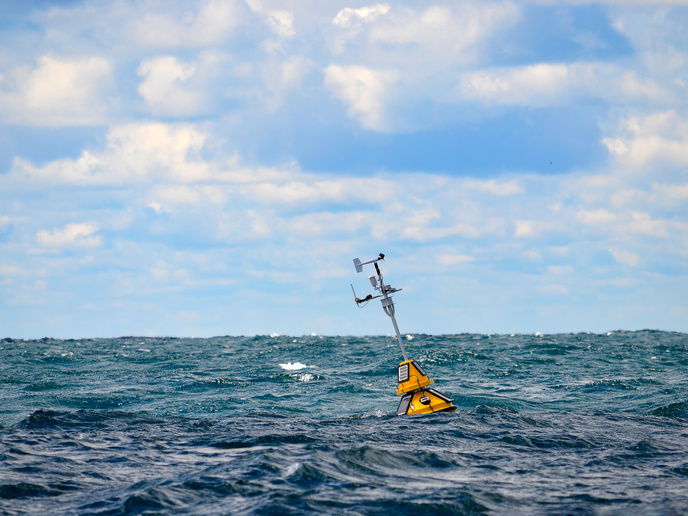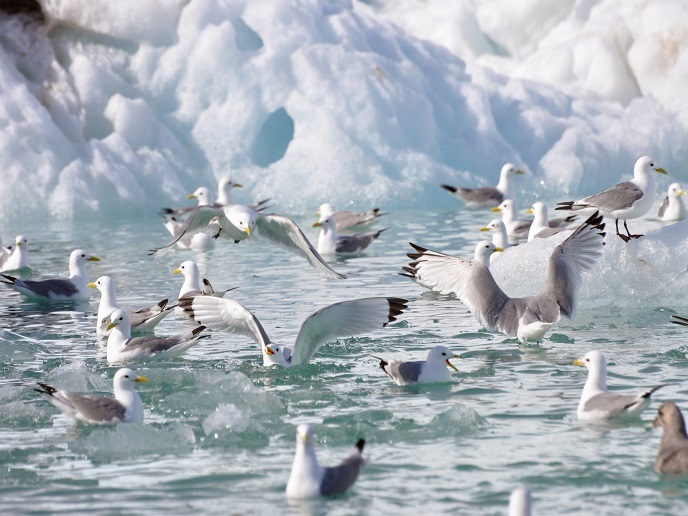Expanding infrastructure for coastal observatories
Coastal environments are complex. Humans utilise these waters for food, construction materials, transport and recreation. But climate change and human activities put great pressure on these areas. The EU-funded JERICO-S3 project is the latest in a series dedicated to advancing observation of European coastal waters. Understanding coastal environments is the work of decades, and the JERICO Research Infrastructure (JERICO-RI) will inform scientists and decision makers well into the future. According to project coordinator Laurent Delauney: “The scientific community all over Europe has committed itself to a series of projects to harmonise data, share facilities, extend scientific knowledge and develop tools for decision support.” Built on the work of JERICO-NEXT, the current project focuses on the harmonisation of the coastal observation system and the development of infrastructure and services to support scientists.
Physical infrastructure and supersite observatories
There is an extensive array of equipment that researchers can access through the project. Delauney points out that these include “600 multi-disciplinary platforms, such as fixed platforms, high frequency radar, coastal sea bottom observatories, ferryboxes, coastal and open sea profilers, gliders, manual sampling, research vessel, surface drifters and observations from citizen scientists.” Platforms are operated by governments, institutes and SMEs in more than 19 countries. To optimise access to infrastructure, the project created supersites. Four pilot supersites provide multi-platform access in the Gulf of Finland, the North-Western Mediterranean, the North Sea and English Channel, and the Cretan Sea. Delauney states: “We feel confident that integrated and jointly steered transnational multi-platform observations are the future of European coastal observing systems.”
Transnational access
All of the infrastructure available – both physical and virtual – is of little consequence if it is under-utilised. Transnational access (TA) calls, which ensure free of charge access to JERICO-RI, optimise utilisation. The project has coordinated four calls, through which 36 projects have been funded, enabling users to access 42 facilities. TAs, an essential and growing feature of JERICO-RI, are important to encouraging knowledge transfer and collaborative relationships. Project partners have been able to determine the most popular tools in the JERICO collective. Delauney says: “The most successful infrastructures have been the coastal cabled observatories, which have provided the greatest number of access days, and gliders, which have supported 22% of all the projects.”
JERICO-CORE
Not all of what JERICO-RI has to offer is in the form of physical infrastructure. A major initiative of the project is the JERICO-CORE pilot, which consolidates virtual resources. Available through this central hub are datasets, software and manuals as well as publications and e-libraries. Driving the pilot is the understanding that the complexity of ocean problems requires experts from multiple disciplines to co-design solutions. Collaboration and co-designing drive much of what the project set out to do, especially when it comes to harmonising virtual resources. With an eye on sustainability, JERICO-S3 focuses on aligning efforts with other ocean RIs, including EURO ARGO, EMSO ERIC, ICOS, DANUBIUS, EMBRC and JERICO-RI. JERICO-S3 has overseen the evolution of ocean research infrastructure from a project-based approach to a collective poised to influence societal change. Composed of 36 partners in 19 countries, project participants have had to walk the talk when it comes to the value of collaboration. Describing funding for ocean research, Delauney states: “There may be as many different approaches as there are beaches or cliffs in Europe, but we're committed to sharing best practices.” Despite diversity in approach, all involved in JERICO-RI are unified in their support for ongoing ocean observation.
Keywords
JERICO-S3, JERICO-RI, JERICO-CORE, research infrastructure, coastal observatories, transnational access, supersite observatories, ocean observation







